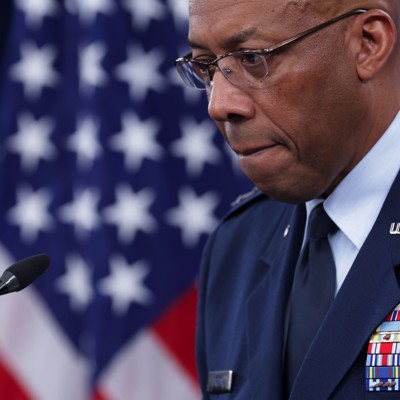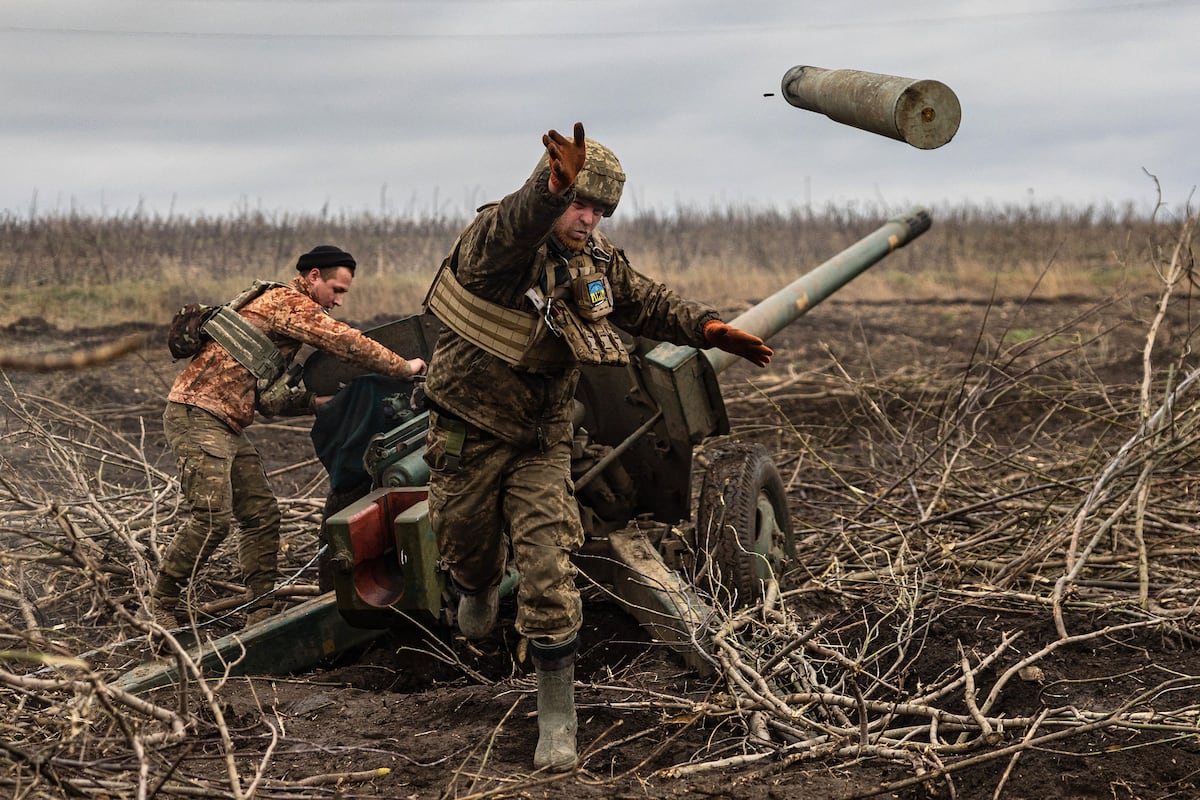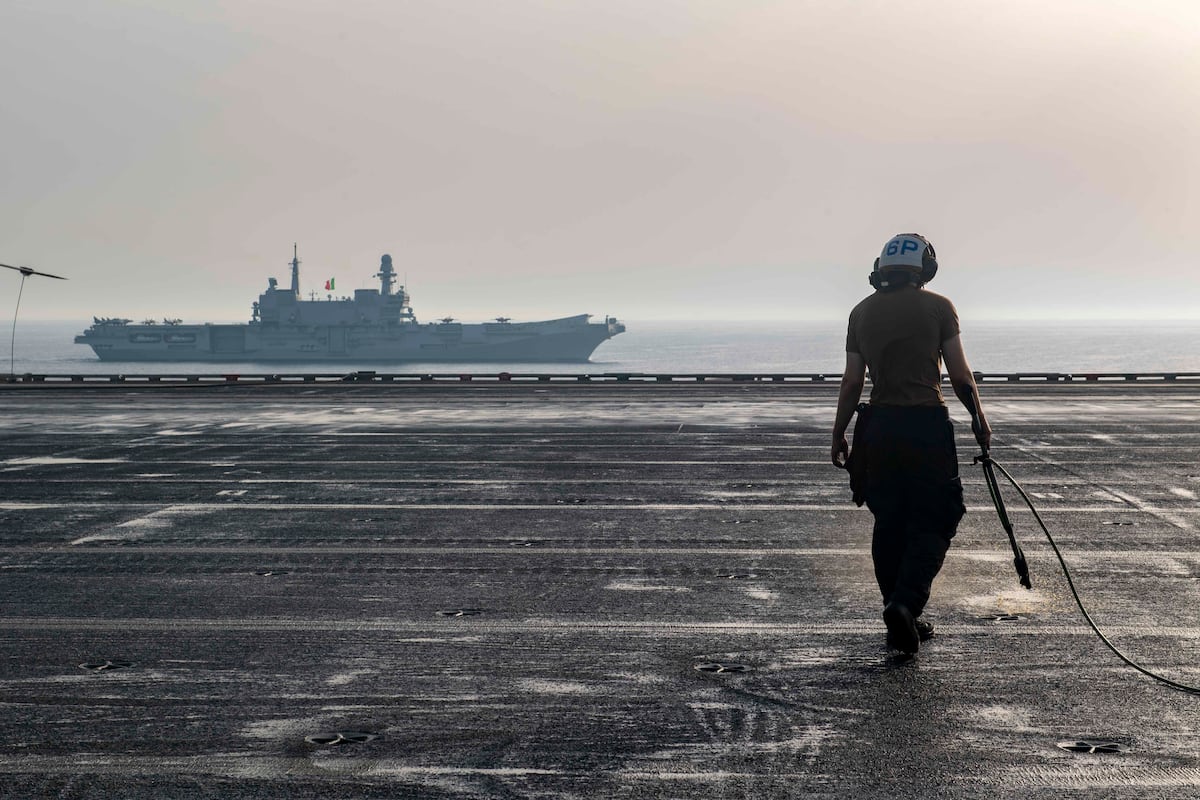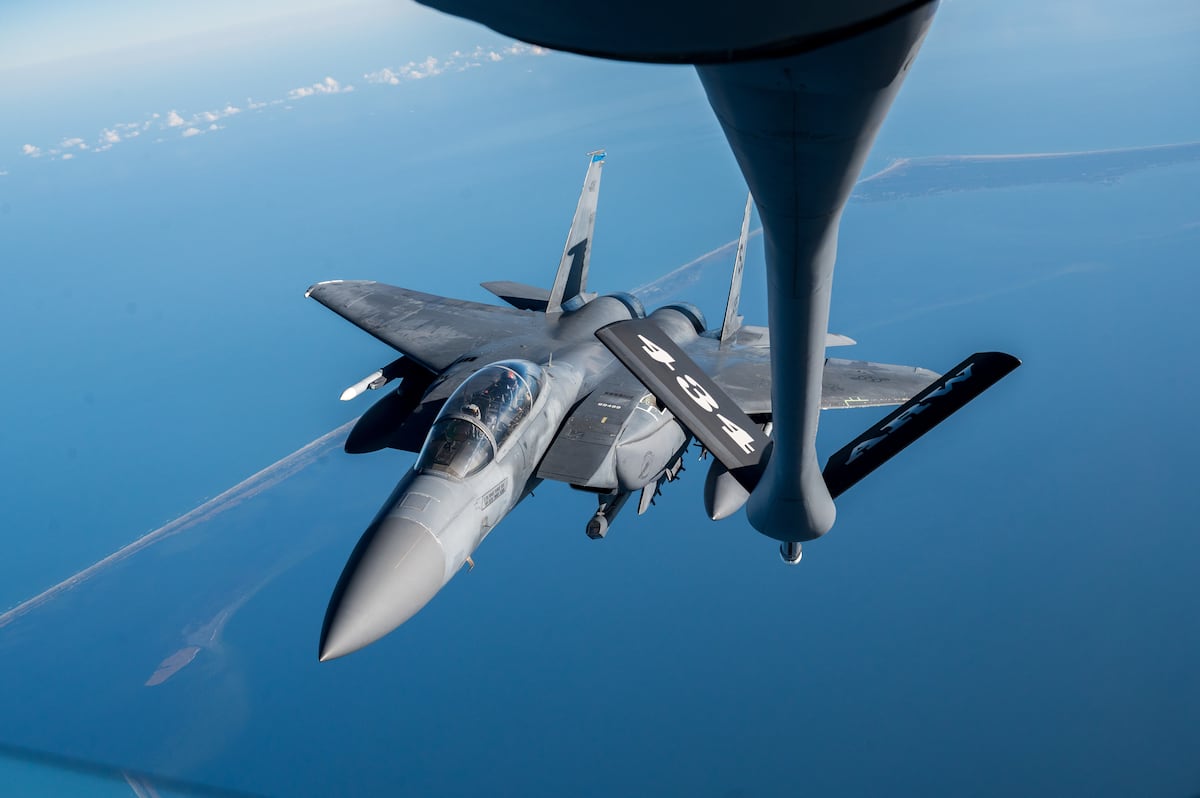OMAHA, Nebraska—The U.S. government needs to be quicker about rolling out new integrated deterrence efforts, the Pentagon’s top military officer says, as global tensions have risen since the Biden administration made the concept a key part of its national-security strategy.
“What is old is new again. What is new is further complicated by emerging domains and technology. We needed a deterrence strategy to be integrated by design to deal with these modern challenges, and I would argue we need to be faster at developing and applying our new framework,” Chairman of the Joint Chiefs Gen. CQ Brown said Wednesday during U.S. Strategic Command’s Deterrence Symposium.
The U.S. needs to bring back some Cold War deterrence practices, Brown said, as it moves towards a whole-of-government approach to deterrence. The chairman didn’t say specifically which operations or structures might resurface as part of integrated deterrence, which aims to coordinate efforts across domains, regions, U.S. agencies, and allies and partners, according to U.S. officials.
The chairman’s comments come after the Pentagon announced the deployment of forces to the Middle East to deter Iran and Hezbollah following the killing of a top Hamas political leader in Tehran. The U.S. sent stealthy fifth-generation fighter jets and a cruise-missile submarine, and accelerated the deployment of an aircraft carrier strike group to the region.
“In this case, because the temperature has risen just a bit, we are bringing capability in, and it’s really designed to not only help Israel defend itself, but also deter broader conflict, and so without getting into specifics of how we’re going to use those capabilities, the capabilities are sending a strong message that we do not want a broader conflict,” Brown told Defense One in an interview.
The U.S. has been trying to deter a broader conflict in the Middle East after Hamas attacked Israel in October and the subsequent war in Gaza. But whether U.S. deterrence in the Middle East has worked is still up for debate following multiple attacks on U.S. troops in the region since Oct. 7, and with Israel and Hezbollah increasingly trading fire.
“After Hamas moved to Israel, it opened up windows of opportunity for a number of different entities. For Hamas, for Lebanese Hezbollah, for Iran, Iran-aligned militia groups, for the Houthis, for the United States with allies and partners, and I think the same thing occurs when you start thinking about escalation management as you move forward. The world is much more complex, and it’s not as simple as it was during the Cold War,” Brown said during the conference.
The Pentagon now has to factor multiple adversaries into its deterrence planning—some of which have objectives that are so important to them that no deterrence approach would be effective, Brown said.
To achieve deterrence, the U.S. needs to understand its adversaries’ thinking and culture, the changing information environment, and how new technologies are changing the game, Brown said.
“Different groups assign different values to their variables for cost, risk and gains. They vary between countries, between regions and between cultures and determining at what point cost and risk exceed gains varies. It’s important we understand our adversaries perspective and how they view their priorities, their values and their place in the world,” he said.
Read the full article here








Leave a Reply